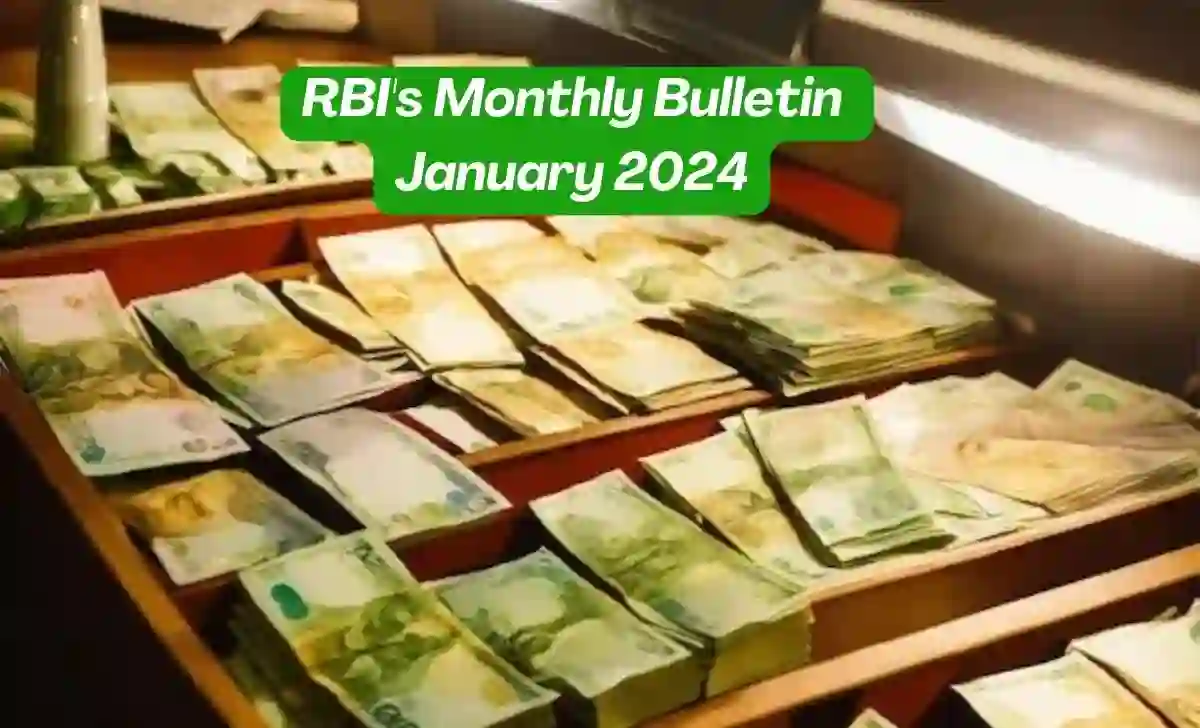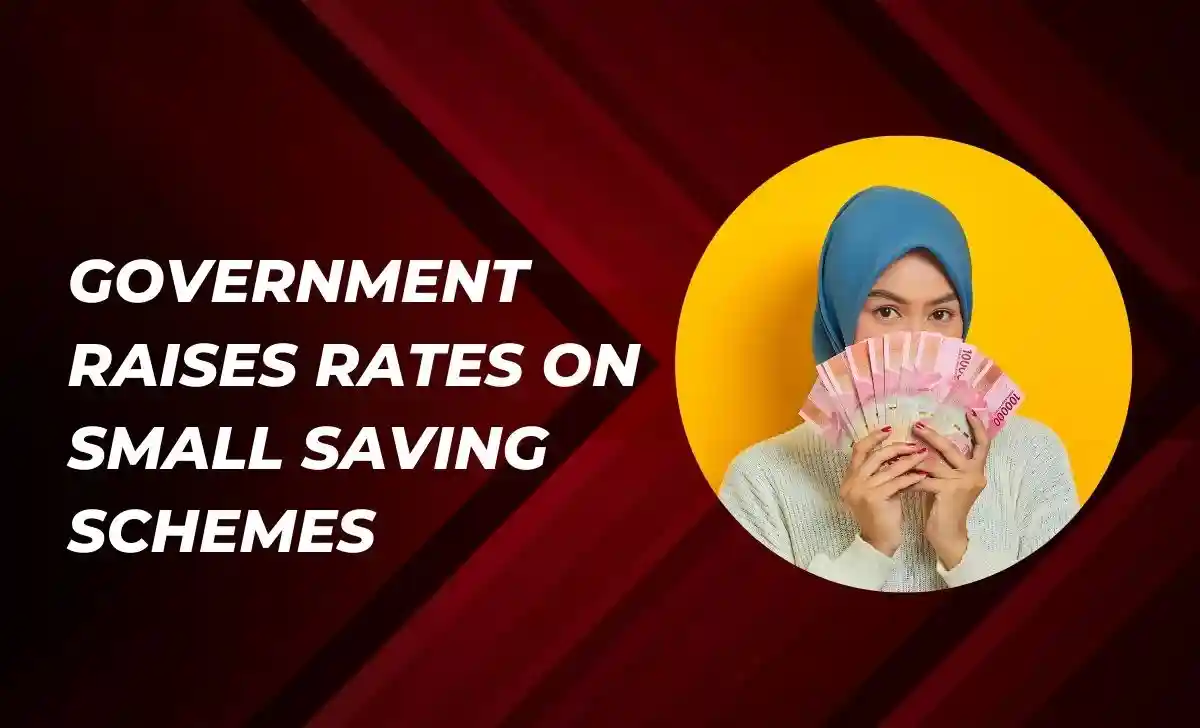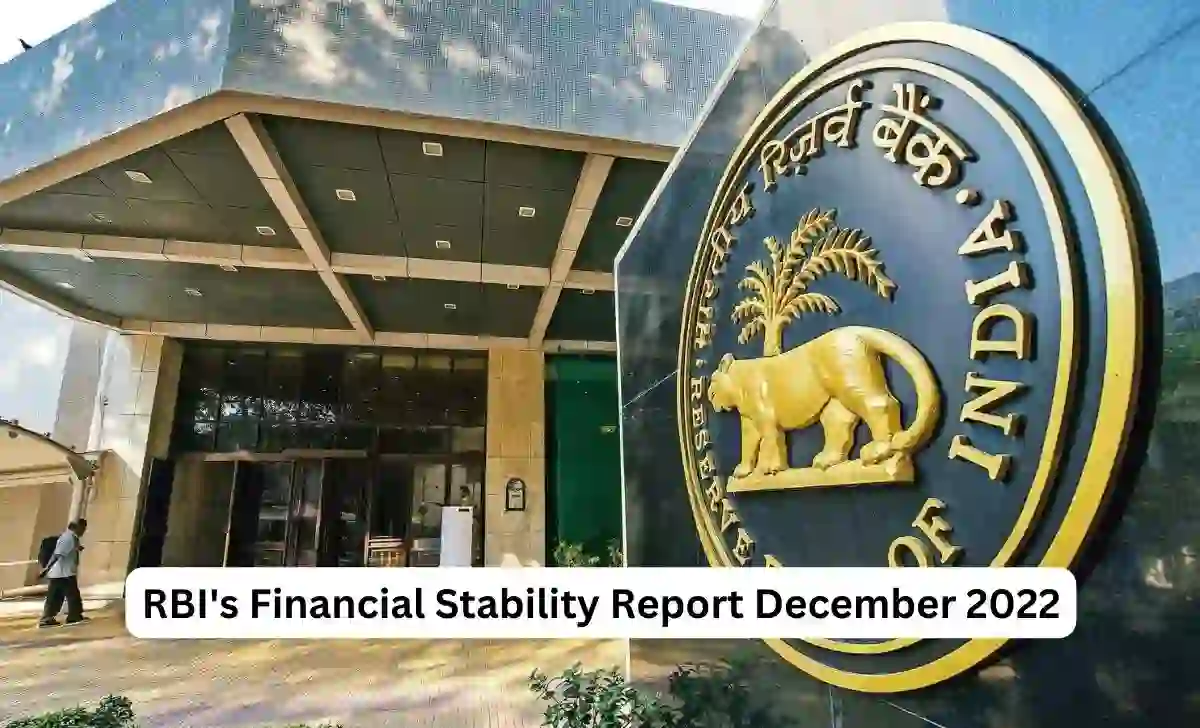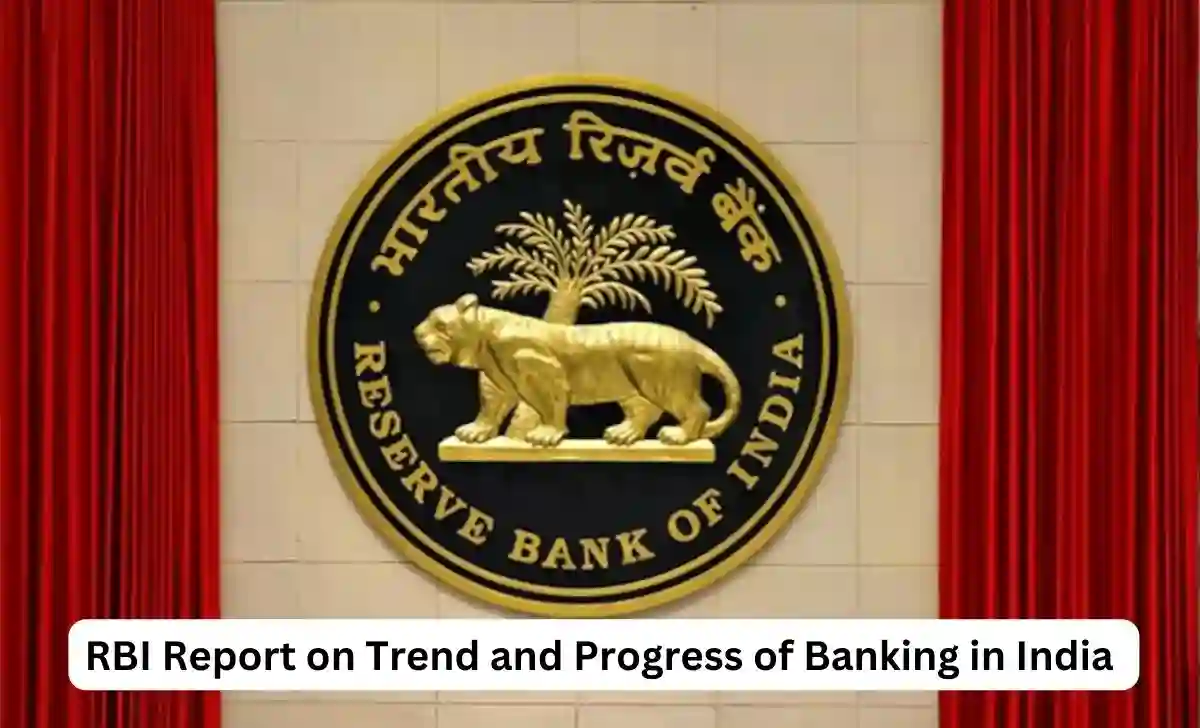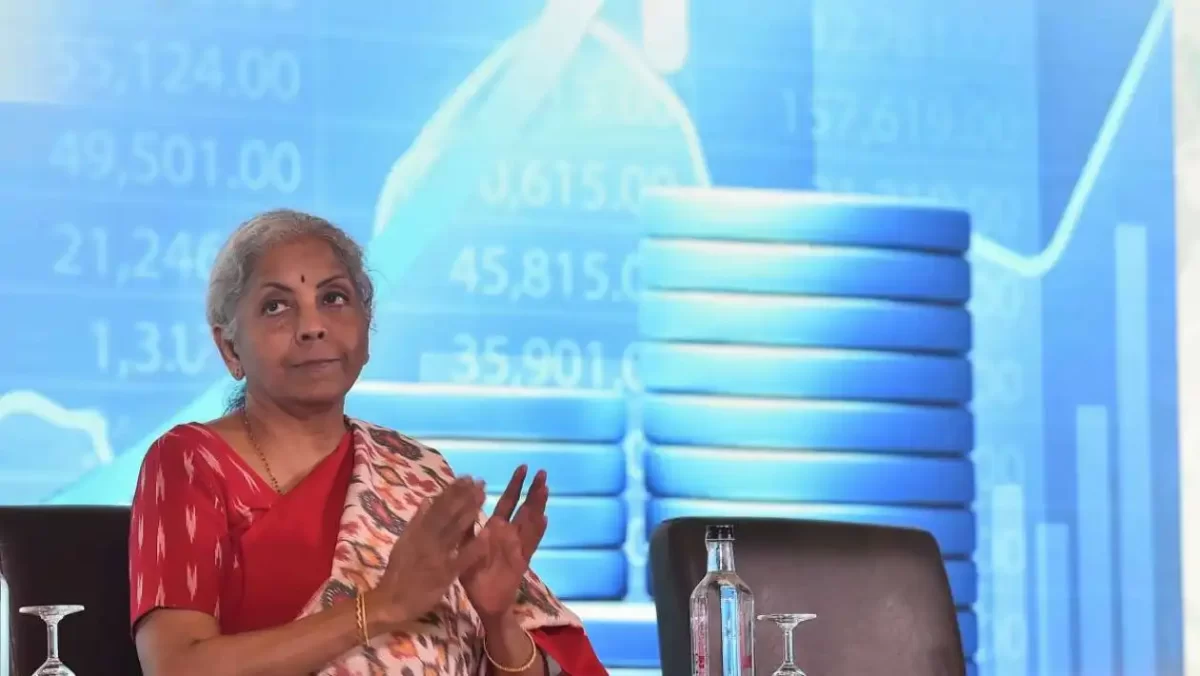RBI Report on Trend and Progress of Banking in India 2021-22 says the financial performance of banks and financial institutions in India has been strong in 2021-22, with double-digit growth in the consolidated balance sheet of scheduled commercial banks (SCBs) and credit growth reaching a ten-year high. The credit growth accelerated to a ten-year high in H1:2022-23.
- Double-digit growth in the consolidated balance sheet of scheduled commercial banks (SCBs)
- Credit growth reached a ten-year high in the first half of 2022-23
- Strengthening of the capital-to-risk-weighted assets ratio (CRAR) of SCBs
- Decline in the gross non-performing assets (GNPA) ratio of SCBs
- Improvement in profitability for SCBs, with acceleration in income and contraction in expenditure
- Improved financial performance for urban cooperative banks (UCBs), with augmented capital buffers and a decline in the GNPA ratio
- Maintained strong liquidity buffers and a strong capital position in the non-banking financial sector (NBFC), while seeing an improvement in asset quality
Overview of financial performance in 2021-22
RBI Report tells the financial performance of banks and financial institutions in India has been strong in 2021-22, with growth in the consolidated balance sheet of scheduled commercial banks (SCBs) and credit growth reaching a ten-year high in the first half of 2022-23. The capital-to-risk-weighted assets ratio (CRAR) of SCBs has strengthened, and the gross non-performing assets (GNPA) ratio has declined.
In addition, income has accelerated and expenditure has contracted, leading to improvements in profitability for SCBs. Urban co-operative banks (UCBs) have also seen improvements in their financial performance, and the non-banking financial sector (NBFC) has maintained strong liquidity buffers and a strong capital position while seeing an improvement in asset quality. According to the RBI report overall, it has been a positive year for banks and financial institutions in India.
Double-digit growth in the consolidated balance sheet of SCBs
The consolidated balance sheet of scheduled commercial banks (SCBs) in India registered double-digit growth in 2021-22 after a gap of seven years tells RBI report. This growth was driven by credit growth, which reached a ten-year high in the first half of 2022-23. The strong performance of the SCB sector was supported by a strengthening of the capital-to-risk-weighted assets ratio (CRAR), with all banks meeting the regulatory minimum capital requirement and the common equity tier-1 (CET-1) ratio requirement.
The growth in the consolidated balance sheet is a positive indicator of the health of the SCB sector, as it reflects an increase in the total assets and liabilities held by these banks. This growth can be attributed to a variety of factors, including strong demand for credit and a favorable economic environment. The double-digit growth in the consolidated balance sheet is a welcome development for the SCB sector and bodes well for the future performance of these banks.
Credit growth reaches a ten-year high
The RBI report further states that credit growth in India reached a ten-year high in the first half of 2022-23, contributing to the strong performance of the scheduled commercial banks (SCBs) in the country. Credit growth refers to the expansion of a bank’s loan portfolio, and is an important indicator of the demand for credit in the economy.
The strong credit growth seen in India in the first half of 2022-23 is a positive sign for the economy, as it reflects an increase in investment and consumption. It can also be seen as a sign of confidence in the banking sector, as borrowers are more likely to take on new loans when they feel that the economic environment is favorable.
The SCBs in India have played a key role in driving this credit growth, as they have increased their lending to meet the demand for credit. The strong credit growth seen in the first half of 2022-23 is a welcome development for the SCB sector and bodes well for the future performance of these banks.
Strengthening of CRAR for SCBs
The capital-to-risk-weighted assets ratio (CRAR) is a measure of a bank’s financial strength, as it indicates the extent to which the bank has sufficient capital to support its risk-weighted assets. A higher CRAR indicates that a bank has a stronger capital position, which can provide a cushion against potential losses and help to maintain the stability of the bank.
The CRAR of scheduled commercial banks (SCBs) in India has strengthened in recent years, says the RBI report. It increased from 16.3% at the end of March 2021 to 16.8% at the end of March 2022. This improvement in the CRAR of SCBs is a positive development, as it reflects an increase in the capital held by these banks.
The strengthening of the CRAR for SCBs in India is particularly notable, as it occurred while all banks met the regulatory minimum capital requirement of 11.5% as well as the common equity tier-1 (CET-1) ratio requirement of 8%. This indicates that the SCBs in India have been able to maintain a strong capital position while also meeting the regulatory requirements for capital adequacy. The improvement in the CRAR for SCBs is a positive sign for the financial health of these banks and promises well for their future performance.
Decline in GNPA ratio for SCBs
The gross non-performing assets (GNPA) ratio is a measure of the percentage of a bank’s total loans that are classified as non-performing. Non-performing assets are loans that are not being serviced in accordance with their terms and may be at risk of default. A high GNPA ratio can be a sign of financial stress for a bank, as it indicates that a significant portion of the bank’s loans are not generating income.
In the RBI report, the GNPA ratio of scheduled commercial banks (SCBs) in India has been declining in recent years, falling from its peak in 2017-18 to reach 5.8% at the end of March 2022. This decline in the GNPA ratio is a positive development, as it reflects an improvement in the asset quality of these banks.
The decline in the GNPA ratio for SCBs in India has been driven by a combination of lower slippages and a reduction in outstanding GNPAs. Slippages refer to the conversion of performing loans into non-performing loans, and a reduction in slippages indicates that fewer loans are becoming non-performing. The reduction in outstanding GNPAs, meanwhile, reflects the successful resolution of non-performing assets by the SCBs.
The decline in the GNPA ratio for SCBs in India is a positive sign for the financial health of these banks, as it indicates that they are managing their assets effectively and reducing the risk of potential losses. It is also a positive development for the overall banking sector in India, as it suggests that the sector is becoming more stable and resilient.
Improvement in profitability for SCBs
The profitability of a bank is an important indicator of its financial performance, as it reflects the bank’s ability to generate income from its operations. Profitability can be measured in a variety of ways, including return on equity (ROE) and return on assets (ROA). ROE measures the profitability of a bank in terms of the return generated on the equity invested by shareholders, while ROA measures the profitability of a bank in terms of the return generated on its total assets.
Scheduled commercial banks (SCBs) in India have seen an improvement in their profitability in recent years, as income has accelerated and expenditure has contracted. This has led to improvements in both ROE and ROA for SCBs.
The improvement in profitability for SCBs in India is a positive development, as it reflects an increase in the efficiency of these banks and their ability to generate income. It is also a positive sign for the overall banking sector in India, as it suggests that the sector is becoming more stable and resilient.
Improved financial performance for UCBs
Urban co-operative banks (UCBs) in India have seen an improvement in their financial performance in recent years, characterized by augmented capital buffers, a decline in the gross non-performing assets (GNPA) ratio, and improved profitability indicators.
According to the RBI report, the augmentation of capital buffers refers to an increase in the capital held by UCBs, which can provide a cushion against potential losses and help to maintain the stability of these banks. The decline in the GNPA ratio for UCBs indicates an improvement in the asset quality of these banks, as it reflects a reduction in the percentage of loans that are classified as non-performing. The improved profitability indicators for UCBs, such as return on equity (ROE) and return on assets (ROA), reflect an increase in the efficiency of these banks and their ability to generate income.
The improved financial performance of UCBs in India is a positive development, as it suggests that these banks are becoming more stable and resilient. It is also a positive sign for the overall banking sector in India, as it indicates that the sector is performing well and contributing to the growth of the economy.
Strong liquidity buffers and capital position maintained in NBFC sector
The RBI report mentions non-banking financial sector (NBFC) in India has maintained strong liquidity buffers, adequate provisioning, and a strong capital position during 2021-22, while also seeing an improvement in asset quality.
Liquidity buffers refer to the amount of cash and other assets that can be easily converted into cash that a financial institution has available to meet its short-term obligations. Adequate provisioning refers to the funds set aside by a financial institution to cover potential losses on its loans and other assets. A strong capital position refers to the financial strength of a financial institution, as it reflects the extent to which the institution has sufficient capital to support its risk-weighted assets.
The maintenance of strong liquidity buffers and a strong capital position in the NBFC sector in India is a positive development, as it indicates that these institutions are financially stable and capable of meeting their obligations. It is also a positive sign for the overall financial sector in India, as it suggests that the sector is performing well and contributing to the growth of the economy. The improvement in asset quality in the NBFC sector is also a positive development, as it reflects a reduction in the risk of potential losses for these institutions.
Conclusion
The conclusion of the RBI Report on Trend and Progress of Banking in India is that 2021-22 was a positive year for banks and financial institutions in India. Highlights of the RBI report are strong growth in the consolidated balance sheet of scheduled commercial banks (SCBs), credit growth reaching a ten-year high, and an improvement in profitability. The capital-to-risk-weighted assets ratio (CRAR) of SCBs has strengthened, and the gross non-performing assets (GNPA) ratio has declined.
Urban co-operative banks (UCBs) have also seen improvements in their financial performance, and the non-banking financial sector (NBFC) has maintained strong liquidity buffers and a strong capital position while seeing an improvement in asset quality. Overall, it has been a successful year for banks and financial institutions in India, and the outlook for the sector is positive.
Also Read:


